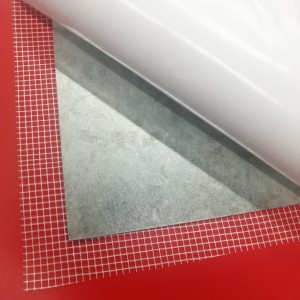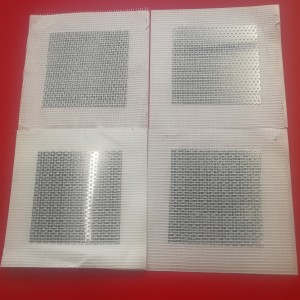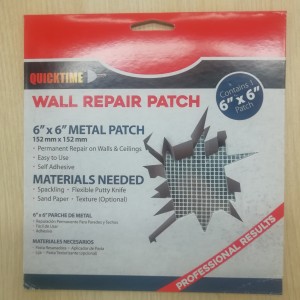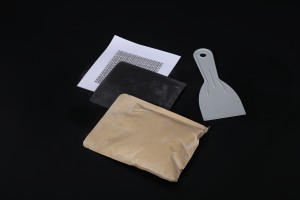When it comes to repairing damaged walls, using a wall patch is a practical and cost-effective solution. Whether your walls have cracks, holes, or any other form of damage, a well-executed wall patch can restore them to their original state. However, it is important to consider the kind of material used for mending wall panels to ensure a successful and long-lasting repair.
The first step in repairing a damaged wall is to clean the affected area thoroughly. This involves removing any loose debris, dust, or paint particles that may hinder the patching process. Once the area is clean, it is crucial to choose the right material for the wall patch. The type of material used will depend on the extent and nature of the damage.
For small cracks or holes, spackling compound or joint compound can be used as a wall patch material. Spackling compound is a lightweight filler that is ideal for minor repairs. It is easy to apply and dries quickly. On the other hand, joint compound is a thicker material that is commonly used for filling larger holes or covering seams between drywall panels. Both of these materials offer excellent adhesion and can be sanded down to create a smooth surface.
For more significant damage, such as larger holes or damaged drywall panels, a patching material like drywall compound or plaster may be required. Drywall compound, also known as mud, is a versatile material that can be used to patch small to medium-sized holes. It is applied with a putty knife and can be feathered out to blend seamlessly with the surrounding wall. Plaster, on the other hand, is a more traditional material that is still used today for repairing walls. It offers a durable and solid finish but requires more skill to apply correctly.
In some cases, patching materials may need to be reinforced with additional materials, such as fiberglass tape or mesh. These materials help to strengthen the wall patch and prevent further cracking or damage. Fiberglass tape is commonly used with joint compound, while mesh is often used with plaster or drywall compound. By providing extra support, these reinforcements contribute to the overall stability and longevity of the repaired wall.
After the wall patch has been applied, it is essential to allow sufficient time for it to dry or cure. The drying time will vary depending on the type of material used and the environmental conditions. It is important to follow the manufacturer’s instructions for the specific wall patch material to ensure the best results.
Once the patch is dry, it can be sanded down to create a smooth surface. Sanding helps to blend the patched area with the surrounding wall, ensuring an even finish. Afterward, the wall can be painted or finished according to personal preference.
In conclusion, using a wall patch is an effective way to mend damaged walls. The choice of material for the wall patch depends on the nature and extent of the damage. From spackling compound to joint compound, drywall compound to plaster, each material has its own strengths and is suitable for different types of repairs. By carefully selecting the right material and following proper application and drying techniques, walls can be restored to their former glory.
Post time: Sep-15-2023




